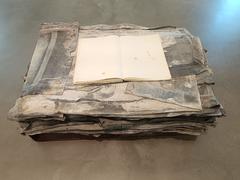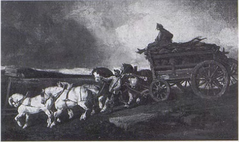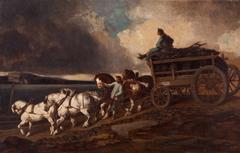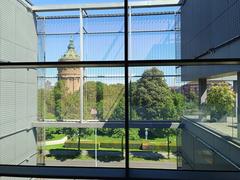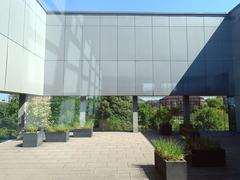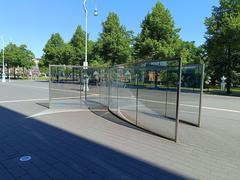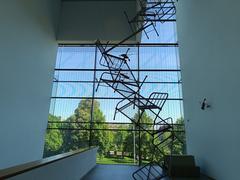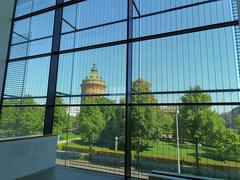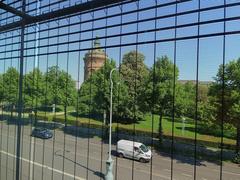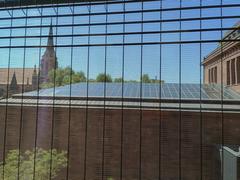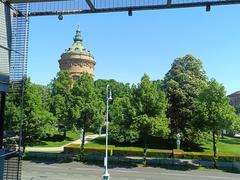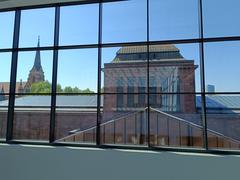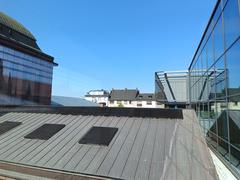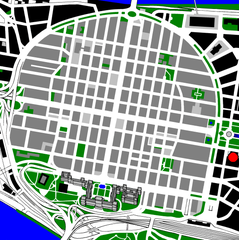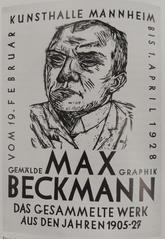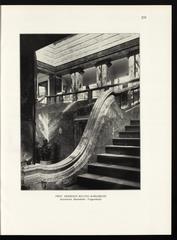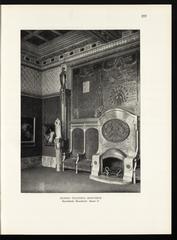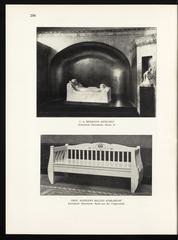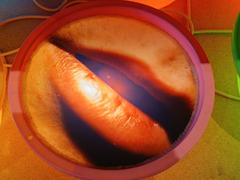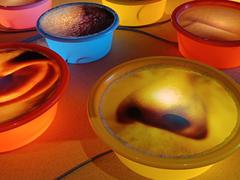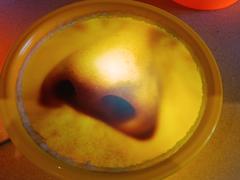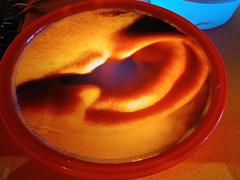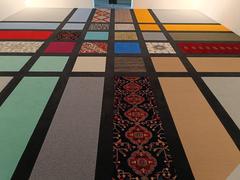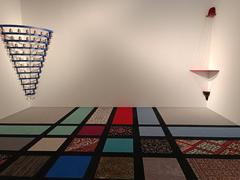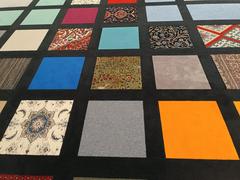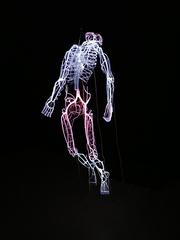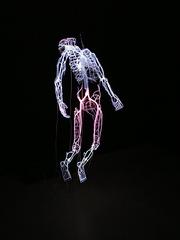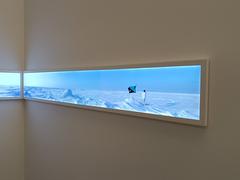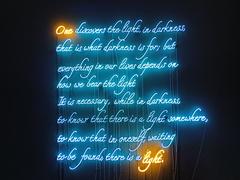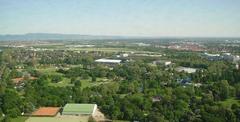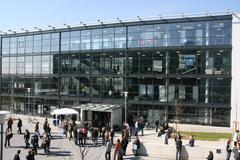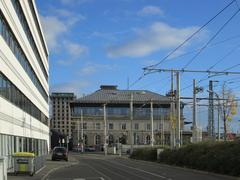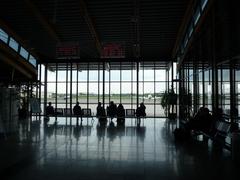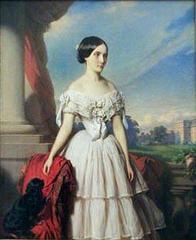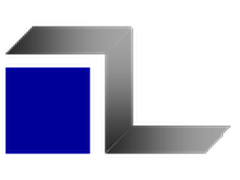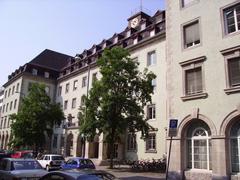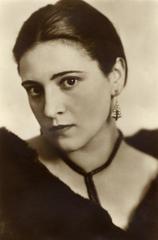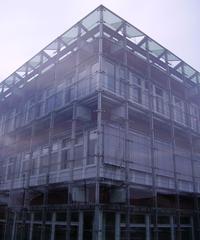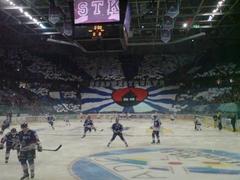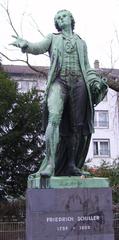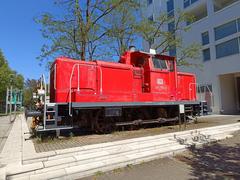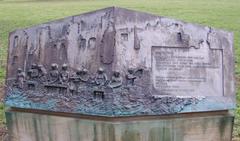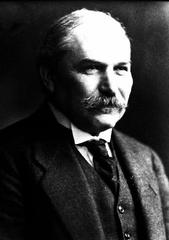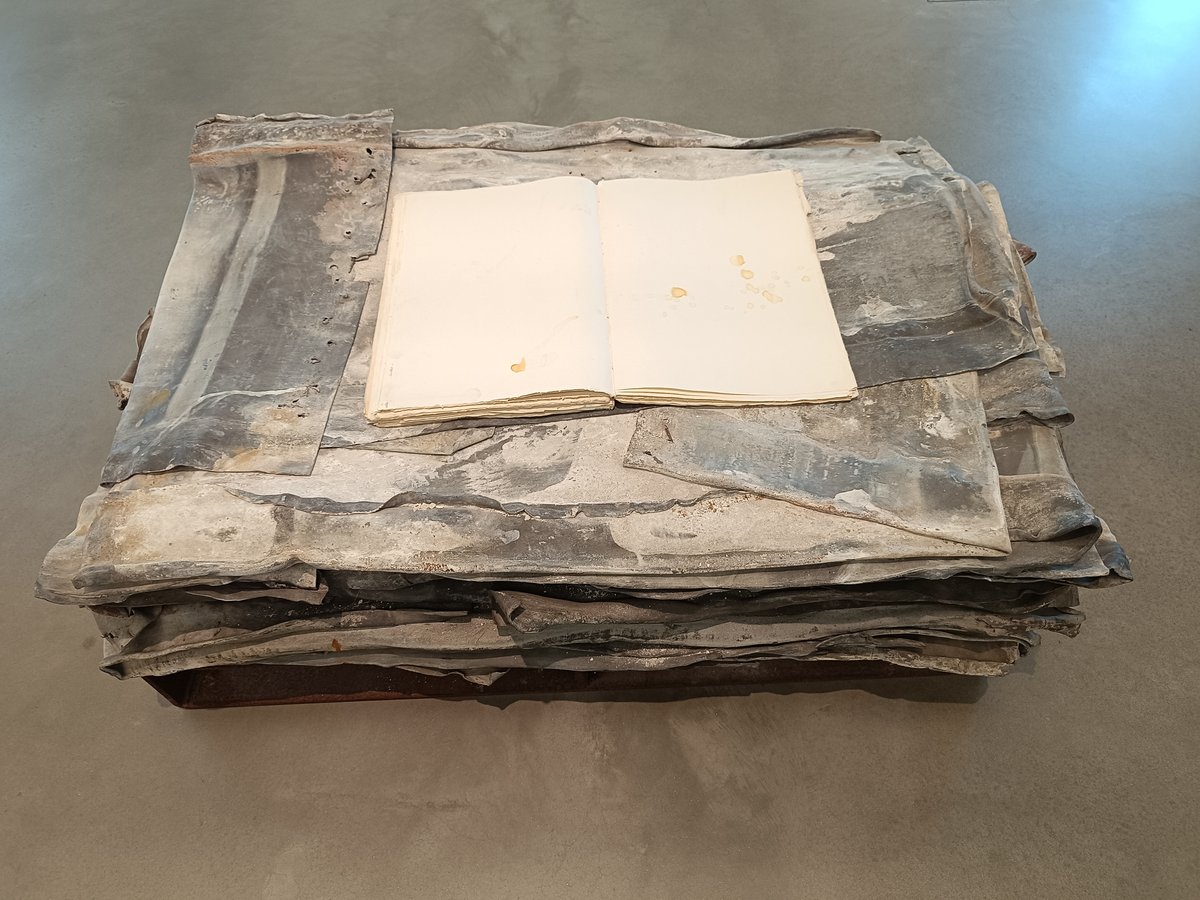
Kunsthalle Mannheim Visiting Hours, Tickets, and Guide to Mannheim Historical Sites
Date: 14/06/2025
Introduction: Kunsthalle Mannheim’s Legacy and Cultural Impact
Kunsthalle Mannheim, situated at the historic Friedrichsplatz in Mannheim, Germany, stands as a beacon of modern and contemporary art. Established in 1907 and opened in 1909 to commemorate the city’s 300th anniversary, the museum is renowned for its pioneering civic commitment to modern art. Its founding was made possible by generous donations from Julius and Henriette Aberle and the foundational art collections of Karl Kuntz and James Emden. Under the visionary leadership of Fritz Wichert, the museum became one of the first in the world to focus on modern art, embracing significant French paintings and setting a cosmopolitan tone (Wikipedia, Rausgegangen).
The Kunsthalle’s architectural evolution mirrors its cultural journey—from Hermann Billing’s Jugendstil (Art Nouveau) original red sandstone building to the innovative Hector-Bau extension completed in 2017 by von Gerkan, Marg and Partners. The new design, with its interconnected cubes and light-filled atrium, echoes Mannheim’s grid-like urban plan and offers a unique spatial experience (gmp, ArchDaily).
Housing over 2,150 paintings, 840 sculptures, and tens of thousands of works on paper, the Kunsthalle’s collection encompasses major art movements such as Expressionism and the New Objectivity. Notably, Gustav Friedrich Hartlaub’s 1925 “The New Objectivity” exhibition defined an era and shaped art history (e-flux). Today, the museum continues to foster public engagement, accessibility, and digital innovation, making it a vital destination for art lovers and cultural explorers.
Table of Contents
- Founding and Early Development
- Architectural Evolution
- Collection Highlights and Artistic Focus
- The New Objectivity and Expressionism
- Postwar Renewal and Contemporary Direction
- Visitor Information
- Civic and Cultural Significance
- Frequently Asked Questions (FAQ)
- Plan Your Visit
- References
Founding and Early Development (1907–1930s)
Kunsthalle Mannheim was created in the early 20th century, coinciding with Mannheim’s 300th anniversary and the International Art and Horticultural Exhibition. The Aberle family’s donation of 236,250 Goldmark enabled the construction of the museum (Wikipedia). The initial collection included works from Karl Kuntz and a substantial bequest from James Emden, featuring artists like Anselm Feuerbach and Carl Spitzweg.
From its 1909 opening, Kunsthalle Mannheim became a trailblazer in municipal museums, particularly for modern art. Under its first director, Fritz Wichert, the collection’s scope expanded, especially with French art, establishing the museum’s international reputation (Rausgegangen).
Architectural Evolution
Designed by Hermann Billing, the original Kunsthalle was built in the Jugendstil style, with a T-shaped plan, a central dome, and red sandstone cladding. Its setting on Friedrichsplatz reflected civic pride and cultural ambition (Wikipedia).
The 21st-century brought a transformative expansion: the 1980s Mitzlaff-Bau was replaced by the Hector-Bau, designed by von Gerkan, Marg and Partners, and inaugurated in 2018. This extension features modular cubes, a glass-roofed atrium, and a bronze-colored mesh façade, creating a “city within a city” that harmonizes with Mannheim’s urban grid (gmp, ArchDaily).
Collection Highlights and Artistic Focus
Kunsthalle Mannheim’s collection is internationally recognized for its breadth, covering 2,150+ paintings, 840+ sculptures, and about 33,000 graphic works. The museum was among the first in Germany to collect Expressionist art, with notable works by Édouard Manet, Francis Bacon, Auguste Rodin, Wilhelm Lehmbruck, Henry Moore, and others (Wikipedia). The collection also includes key pieces from the Romantic and Classical periods, New Objectivity, and European printmaking from the 15th to 18th centuries, featuring artists like Albrecht Dürer and Rembrandt.
The New Objectivity and Expressionism
A turning point in the museum’s history was Gustav Friedrich Hartlaub’s 1925 exhibition, “The New Objectivity: German Painting since Expressionism,” which coined the term “Neue Sachlichkeit” and defined a movement reflecting post-WWI societal realities (e-flux). Although groundbreaking, the exhibition lacked representation of women artists and was largely national in scope.
The rise of National Socialism led to Hartlaub’s dismissal in 1933 and the confiscation of many modern works as “degenerate art” in 1937, resulting in substantial losses (e-flux).
Postwar Renewal and Contemporary Direction
Following WWII, Kunsthalle Mannheim resumed its prominence in modern and contemporary art. Directors like Rolf Lauter and Ulrike Lorenz introduced thematic curation and integrated media such as photography and video installations (Wikipedia). The museum remains committed to provenance research, innovative exhibitions, and public engagement. Recent shows have revisited the Expressionist legacy and explored the role of private collections (Art in Words).
Visitor Information
Visiting Hours
- Tuesday, Thursday–Sunday & Holidays: 10:00 a.m. – 6:00 p.m.
- Wednesday: 10:00 a.m. – 8:00 p.m.
- First Wednesday Each Month: 10:00 a.m. – 10:00 p.m. (MVV Art Night, free entry 6:00–10:00 p.m.)
- Monday: Closed
- December 24 & 31: Closed
Always check the official website for updates.
Tickets and Admission
- Standard Admission: €14
- Reduced (students, seniors): €12
- Family Ticket: €24 (2 adults + children under 18)
- Evening Admission: €10 (1.5 hours before closing)
- Annual Pass: €45 (adults), €20 (students)
- Free Entry: Under 18s, school classes, art students, association members, people with disabilities (with documentation), and during MVV Art Night
Tickets can be purchased online or at the museum.
Getting There
- Address: Friedrichsplatz 4, 68165 Mannheim, Germany
- Public Transport: Trams and buses stop at “Kunsthalle/Museum Schloss” and “Friedrichsplatz.” Mannheim Hauptbahnhof is a 10-minute walk away.
- Parking: Available nearby but limited; public transport is recommended.
Accessibility
The Kunsthalle is fully accessible, with elevators, accessible restrooms, and wheelchair rentals. Service dogs are welcome.
Guided Tours and Educational Programs
- Public Tours: Regularly scheduled, €6 per person
- Private Tours: By reservation, tailored for groups
- Family Programs: Workshops and creative activities for children
- Digital Resources: Free Wi-Fi and the KuMa App offer audio guides and interactive content
Nearby Attractions and Travel Tips
- Mannheim Palace: Baroque residence, a 10-minute walk away
- Luisenpark: Expansive city park
- Reiss-Engelhorn-Museen: Museums of archaeology, world cultures, and photography
- Technoseum: Technology and social history museum
Plan at least 2–3 hours for a full experience, and consider combining your visit with a stroll through Friedrichsplatz or lunch at the on-site restaurant, PEOPLE.
Civic and Cultural Significance
Kunsthalle Mannheim has shaped Mannheim’s cultural identity, championing openness, diversity, and public engagement. Its programming, exhibitions, and digital initiatives invite visitors to interact with art in innovative ways (Archello, Rausgegangen). The museum’s central location on Friedrichsplatz, adjacent to notable landmarks, reinforces its role as a cultural and social hub.
Frequently Asked Questions (FAQ)
What are Kunsthalle Mannheim’s opening hours?
Tuesday, Thursday–Sunday, and holidays: 10:00 a.m.–6:00 p.m.; Wednesday: 10:00 a.m.–8:00 p.m.; closed Mondays.
How do I purchase tickets?
Tickets are available online and at the museum. Advance booking is recommended for special exhibitions.
Is the museum accessible?
Yes, the museum is fully accessible for visitors with disabilities.
Are guided tours available in English?
Yes, upon request with prior booking.
Is there a café or dining option?
Yes, the on-site restaurant PEOPLE offers meals and refreshments.
Can I take photographs?
Non-flash photography is permitted in most areas for personal use, but restrictions may apply in special exhibitions.
Plan Your Visit
Discover the artistic treasures and architectural wonders of Kunsthalle Mannheim. For the latest information on exhibitions, visiting hours, and tickets, visit the official Kunsthalle Mannheim website. Enhance your experience with the KuMa App for interactive guides and updates.
References and Further Reading
- Kunsthalle Mannheim – Wikipedia
- Visiting Hours, Tickets, and Guide – Rausgegangen
- Kunsthalle Mannheim Building – gmp Architekten
- Kunsthalle Mannheim on ArchDaily
- The New Objectivity – e-flux
- Kunsthalle Mannheim Official Website
- Art in Words – Expressionism and Private Collections
- Archello Project Page
- WhichMuseum Kunsthalle Mannheim
- The Tourist Checklist Mannheim
- 1xMarketing World Marketing Diary on Kunsthalle Mannheim
